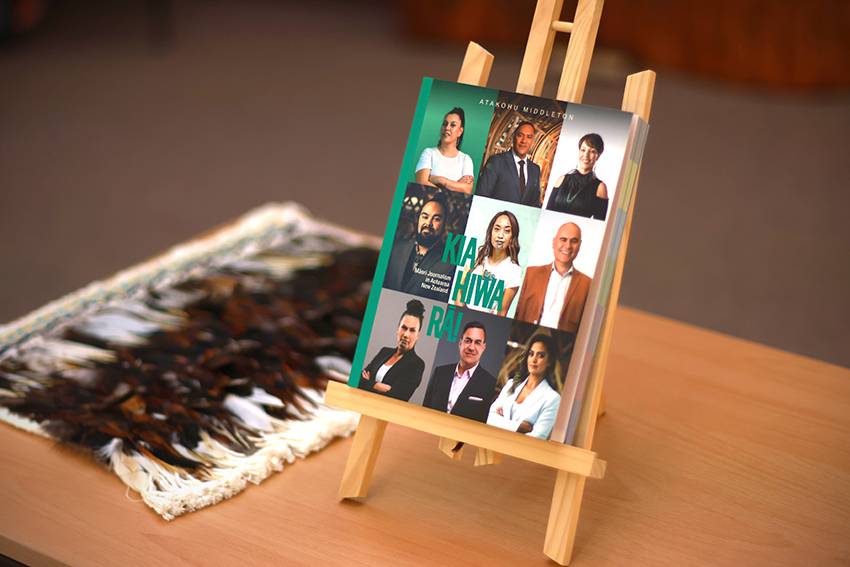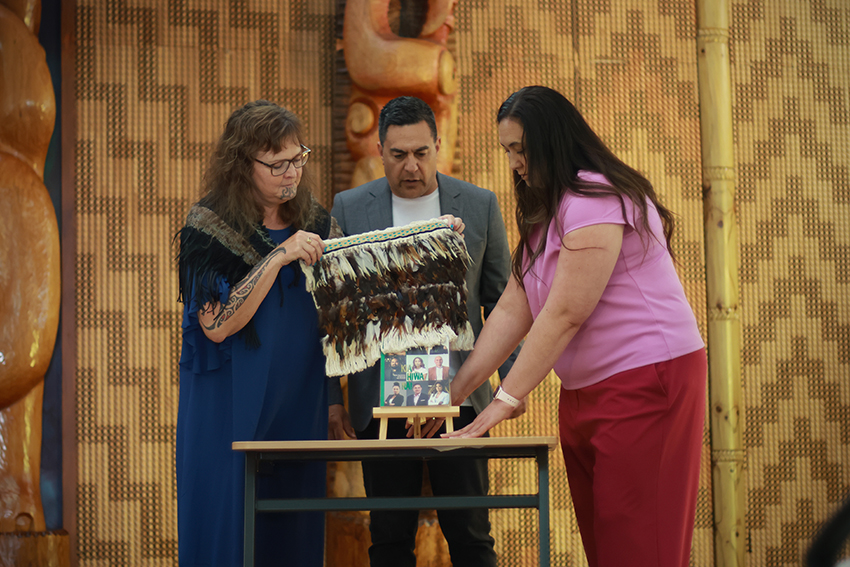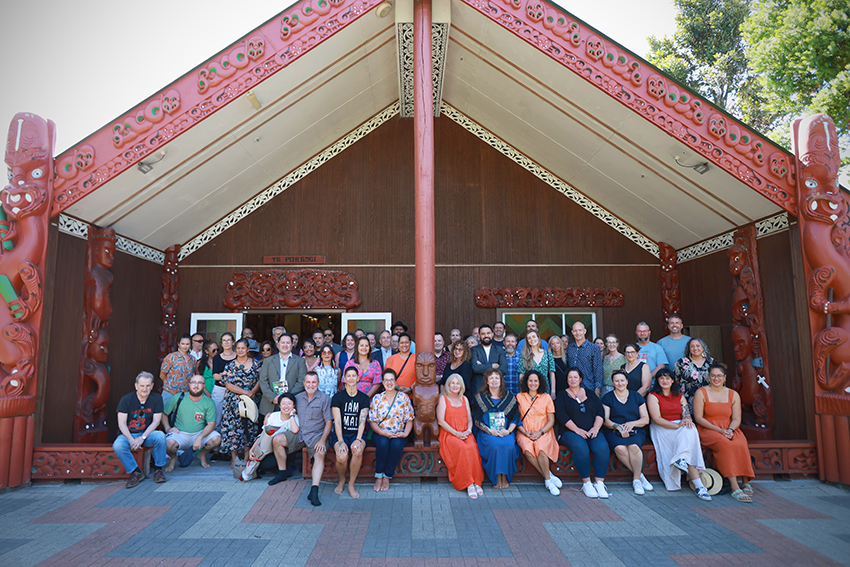The ‘bible’ of Māori journalism

How is Māori-language journalism different and what is the experience of the journalists who practice it?
These questions and more are answered in Atakohu Middleton’s new book Kia Hiwa Rā!: Māori Journalism in Aotearoa New Zealand, which draws on the PhD she completed at AUT.
“Māori-language journalists have all the pressures that other journalists have, but they also must take cultural norms into account when they are newsgathering,” she says.
“This requires extra time and adherence to tikanga (protocol). And because te ao Māori is a smaller world and people are related, journalists can’t afford to burn bridges – but they still have to ask the hard questions.”
Dr Middleton (Ngāti Māhanga) is a practicing journalist and says that another unique pressure on reporters is that Māori journalism is funded by the state for language revitalisation, with journalism seen as part of the languagescape needed to help te reo thrive.
“This means the journalists have a balancing act as they strive to hit set quantity targets for te reo Māori in their reporting – for example, at the time I wrote the book, Te Karere has to be 70% in te reo. The journalists often encourage interviewees to use what reo they have and help them find the right words to use.”

Kia Hiwa Rā! is a deep dive into Māori-language journalism; it includes a history of Māori journalism and documents the work that has gone into carving out a space for Māori voices.
A section on news values shows that although mainstream and Māori media share the same values, Māori stories reflect a Māori filter and perspective.
The book also contains the personal experiences of working journalists, including how they got into the profession - as the path for new Māori journalists is not always clear.

Associate Professor Helen Sissons teaches journalism at AUT and was the primary supervisor for Atakohu Middleton’s thesis, along with Professor Hinematau McNeill.
She says Kia Hiwa Ra! is a ground-breaking and crucial resource for news-workers, both Māori and non-Māori.
“Atakohu describes te ao Māori so that those outside the Māori world can understand. She examines the line Māori journalists must walk to practice their craft and stay true to the principles of tikanga.”
Kia Hiwa Rā! will be of value to journalism students, teachers, working journalists and all those interested in how the Māori world works, she says.
It was officially launched at AUT’s marae Ngā Wai o Horotiu on January 31.
The book is already receiving praise, with at least one journalist describing it as “the bible on Māori journalism”.